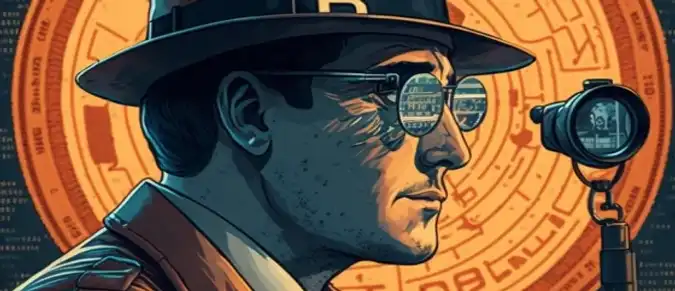A Bitcoin transaction is a transfer of bitcoins from one address to another on the Bitcoin blockchain network. When someone wants to send bitcoins to another person, they create a transaction using their Bitcoin wallet software, which contains the recipient's Bitcoin address, the amount of bitcoins being sent, and a small transaction fee.
Once the transaction is created, it is broadcast to the Bitcoin network, where it is verified by nodes and miners. Miners compete to include the transaction in a block, and once a miner successfully solves the cryptographic puzzle and creates a new block, the transaction is added to the blockchain, making it irreversible.
Bitcoin transactions are considered to be secure and decentralized because they are processed on a network of nodes and miners, rather than being controlled by a central authority. However, it's important to note that Bitcoin transactions can sometimes be subject to delays and higher fees during times of high network congestion.
Tracking a Bitcoin transaction involves following the movement of bitcoins from one address to another on the blockchain. Here's a step-by-step guide on how to track a Bitcoin transaction:
-
Locate the transaction ID: Every Bitcoin transaction has a unique ID associated with it, which is a long string of letters and numbers. This transaction ID can be found on the blockchain explorer or in your wallet's transaction history.
-
Use a blockchain explorer: A blockchain explorer is a tool that allows you to search the blockchain for specific information. Enter the transaction ID into a blockchain explorer such as Blockchain.com or Blockchair.com, and it will display the details of the transaction.
-
Check the transaction status: The blockchain explorer will show the current status of the transaction, such as whether it's confirmed or unconfirmed. A confirmed transaction means that it has been added to the blockchain and is irreversible.
-
Verify the transaction details: Check the amount of Bitcoin sent, the transaction fees paid, and the sending and receiving addresses to confirm that the transaction is correct.
-
Follow the transaction trail: If the Bitcoin has been sent to multiple addresses, you can track its movement by following the trail of transactions on the blockchain.
-
Monitor the confirmation status: Keep checking the blockchain explorer to see if the transaction has been confirmed. Once confirmed, the Bitcoin should be credited to the receiving address.
It's important to note that Bitcoin transactions can sometimes take a while to confirm, especially during times of high network traffic. If your transaction is taking longer than expected, you can check the transaction fee to see if it's sufficient for timely processing.





